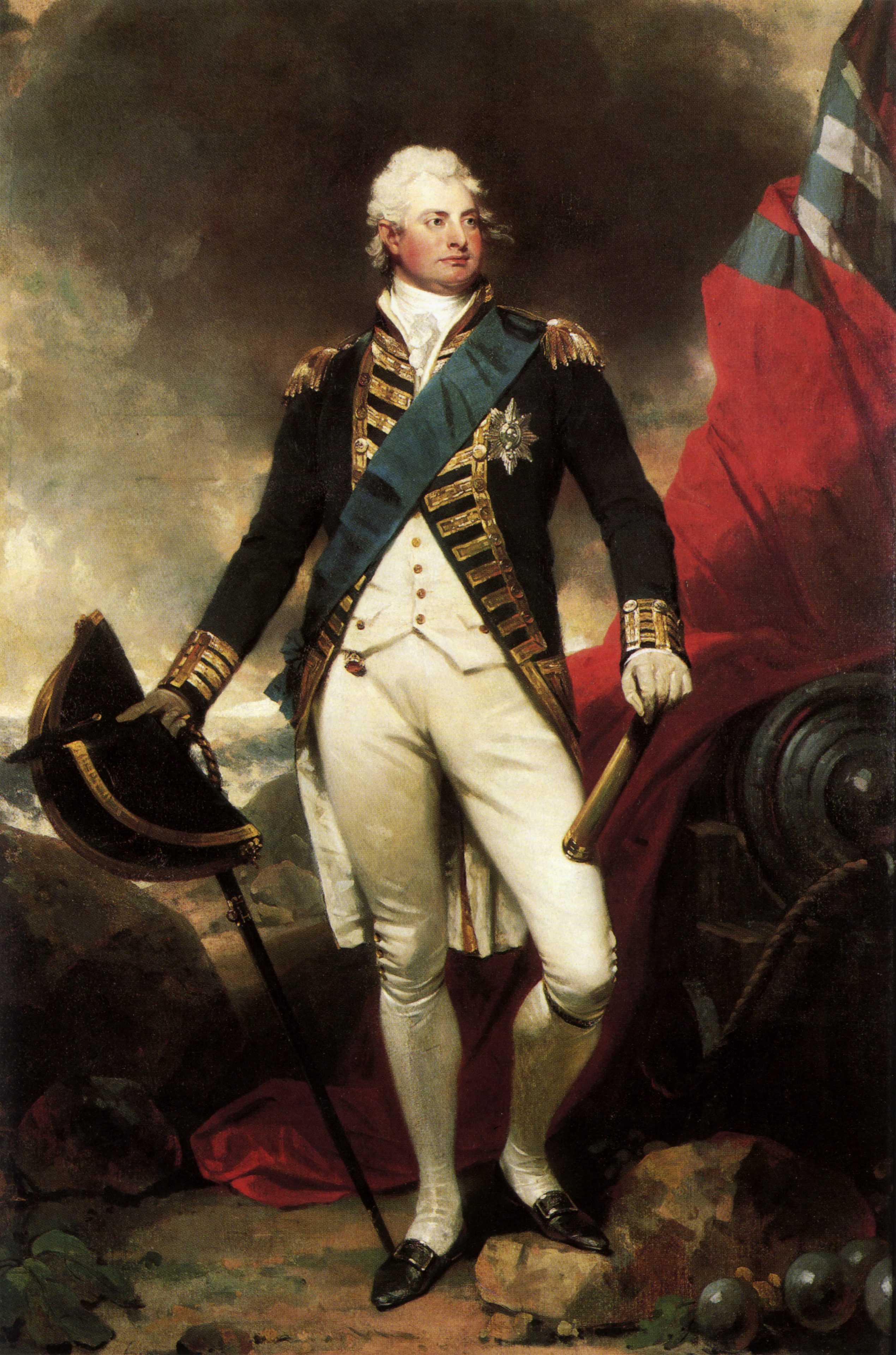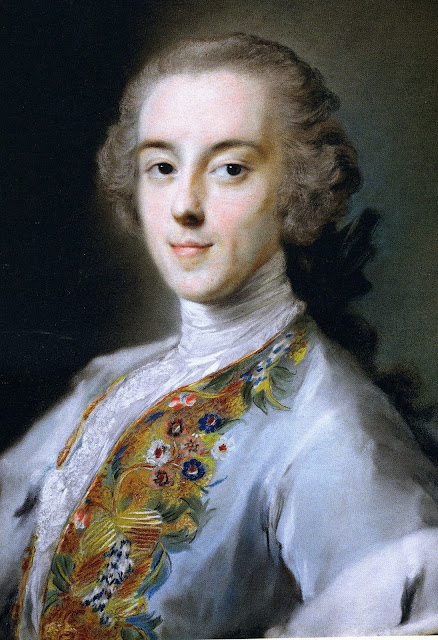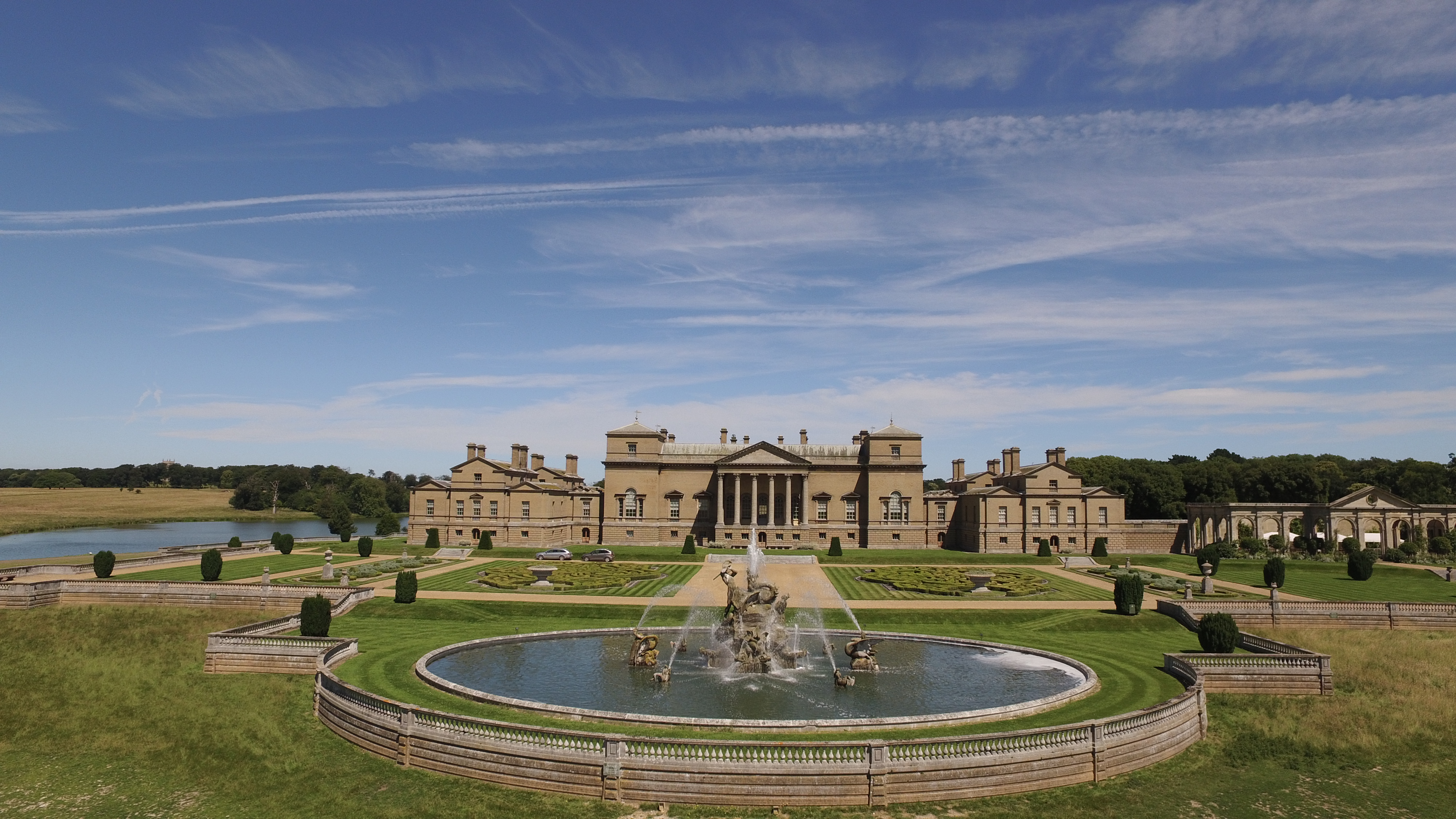|
William Roscoe
William Roscoe (8 March 175330 June 1831) was an English banker, lawyer, and briefly a Member of Parliament. He is best known as one of England's first abolitionists, and as the author of the poem for children '' The Butterfly's Ball, and the Grasshopper's Feast''. In his day he was also respected as a historian and art collector, as well as a botanist and miscellaneous writer. Early life He was born in Liverpool, where his father, a market gardener, kept a public house called the Bowling Green at Mount Pleasant. Roscoe left school at the age of twelve, having learned all that his schoolmaster could teach. He assisted his father in the work of the garden, but spent his leisure time on reading and study. Later, he wrote: :This mode of life gave health and vigour to my body, and amusement and instruction to my mind; and to this day I well remember the delicious sleep which succeeded my labours, from which I was again called at an early hour. If I were now asked whom I consid ... [...More Info...] [...Related Items...] OR: [Wikipedia] [Google] [Baidu] |
Martin Archer Shee
Sir Martin Archer Shee (23 December 1769 – 13 August 1850) was an Irish portrait painter. He also served as the president of the Royal Academy. Early life He was born in Dublin, of an old Irish Roman Catholic family, the son of Martin Shee, a merchant, who regarded the profession of a painter as an unsuitable occupation for a descendant of the Shees. His son Martin nevertheless studied art in the Royal Dublin Society and came to London. There, in 1788, he was introduced by Edmund Burke to Joshua Reynolds, on whose advice he studied in the schools of the Royal Academy of Arts. Career In 1789, he exhibited his first two pictures, the ''Head of an Old Man'' and ''Portrait of a Gentleman.'' Over the next ten years he steadily increased in practice. He was chosen an associate of the Royal Academy in 1798. In 1789, he married Mary, eldest daughter of James Power of Youghal, and in 1800 he was elected a Royal Academician. He moved to George Romney (painter), George Romney's forme ... [...More Info...] [...Related Items...] OR: [Wikipedia] [Google] [Baidu] |
Prussia
Prussia (; ; Old Prussian: ''Prūsija'') was a Germans, German state centred on the North European Plain that originated from the 1525 secularization of the Prussia (region), Prussian part of the State of the Teutonic Order. For centuries, the House of Hohenzollern ruled Prussia, expanding its size with the Prussian Army. Prussia, with its capital at Königsberg and then, when it became the Kingdom of Prussia in 1701, History of Berlin, Berlin, decisively shaped the history of Germany. Prussia formed the German Empire when it united the German states in 1871. It was ''de facto'' dissolved by 1932 Prussian coup d'état, an emergency decree transferring powers of the Prussian government to German Chancellor Franz von Papen in 1932 and ''de jure'' by Abolition of Prussia, an Allied decree in 1947. The name ''Prussia'' derives from the Old Prussians who were conquered by the Teutonic Knightsan organized Catholic medieval Military order (religious society), military order of Pru ... [...More Info...] [...Related Items...] OR: [Wikipedia] [Google] [Baidu] |
Walker Art Gallery
The Walker Art Gallery is an art gallery in Liverpool, which houses one of the largest art collections in England outside London. It is part of the National Museums Liverpool group. History The Walker Art Gallery's collection dates from 1819 when the Liverpool Royal Institution acquired 37 paintings from the collection of William Roscoe, who had to sell his collection following the failure of his banking business, though it was saved from being broken up by his friends and associates. In 1843, the Royal Institution's collection was displayed in a purpose-built gallery next to the Institution's main premises. In 1850 negotiations by an association of citizens to take over the Institution's collection, for display in a proposed art gallery, library and museum, came to nothing. The collection grew over the following decades: in 1851 Liverpool Town Council bought Liverpool Academy's diploma collection and further works were acquired from the Liverpool Society for the Fine Arts, ... [...More Info...] [...Related Items...] OR: [Wikipedia] [Google] [Baidu] |
Pope Leo X
Pope Leo X (; born Giovanni di Lorenzo de' Medici, 11 December 14751 December 1521) was head of the Catholic Church and ruler of the Papal States from 9 March 1513 to his death in December 1521. Born into the prominent political and banking Medici family of Florence, Giovanni was the second son of Lorenzo de' Medici, ruler of the Florentine Republic, and was elevated to the cardinalate in 1489. Following the death of Pope Julius II, Giovanni was elected pope after securing the backing of the younger members of the College of Cardinals. Early on in his rule he oversaw the closing sessions of the Fifth Council of the Lateran, but struggled to implement the reforms agreed. In 1517 he led a costly war that succeeded in securing his nephew Lorenzo di Piero de' Medici as Duke of Urbino, but reduced papal finances. In Protestant circles, Leo is associated with granting indulgences for those who donated to reconstruct St. Peter's Basilica, a practice that was soon challenged by M ... [...More Info...] [...Related Items...] OR: [Wikipedia] [Google] [Baidu] |
Lorenzo De' Medici
Lorenzo di Piero de' Medici (), known as Lorenzo the Magnificent (; 1 January 1449 – 9 April 1492), was an Italian statesman, the ''de facto'' ruler of the Florentine Republic, and the most powerful patron of Renaissance culture in Italy. Lorenzo held the balance of power within the Italic League, an alliance of states that stabilized political conditions on the Italian Peninsula for decades, and his life coincided with the mature phase of the Italian Renaissance and the golden age of Florence. As a patron, he is best known for his sponsorship of artists such as Botticelli and Michelangelo. On the foreign policy front, Lorenzo manifested a clear plan to stem the territorial ambitions of Pope Sixtus IV, in the name of the balance of the Italic League of 1454. For these reasons, Lorenzo was the subject of the Pazzi conspiracy (1478), in which his brother Giuliano di Piero de' Medici, Giuliano was assassinated. The Peace of Lodi of 1454 that he supported among the various List of h ... [...More Info...] [...Related Items...] OR: [Wikipedia] [Google] [Baidu] |
Horace Walpole
Horatio Walpole, 4th Earl of Orford (; 24 September 1717 – 2 March 1797), better known as Horace Walpole, was an English Whig politician, writer, historian and antiquarian. He had Strawberry Hill House built in Twickenham, southwest London, reviving the Gothic style some decades before his Victorian successors. His literary reputation rests on the first Gothic novel, '' The Castle of Otranto'' (1764), and his ''Letters'', which are of significant social and political interest. They have been published by Yale University Press in 48 volumes. In 2017, a volume of Walpole's selected letters was published. The youngest son of the first British Prime Minister, Sir Robert Walpole, 1st Earl of Orford, he became the 4th and last Earl of Orford of the second creation on his nephew's death in 1791. Early life: 1717–1739 Walpole was born in London, the youngest son of British Prime Minister Sir Robert Walpole and his wife, Catherine. Like his father, he received early educatio ... [...More Info...] [...Related Items...] OR: [Wikipedia] [Google] [Baidu] |
William Roscoe Memorial, Ullet Road Church
William is a masculine given name of Germanic origin. It became popular in England after the Norman conquest in 1066,All Things William"Meaning & Origin of the Name"/ref> and remained so throughout the Middle Ages and into the modern era. It is sometimes abbreviated "Wm." Shortened familiar versions in English include Will or Wil, Wills, Willy, Willie, Bill, Billie, and Billy. A common Irish form is Liam. Scottish diminutives include Wull, Willie or Wullie (as in Oor Wullie). Female forms include Willa, Willemina, Wilma and Wilhelmina. Etymology William is related to the German given name ''Wilhelm''. Both ultimately descend from Proto-Germanic ''*Wiljahelmaz'', with a direct cognate also in the Old Norse name ''Vilhjalmr'' and a West Germanic borrowing into Medieval Latin ''Willelmus''. The Proto-Germanic name is a compound of *''wiljô'' "will, wish, desire" and *''helmaz'' "helm, helmet".Hanks, Hardcastle and Hodges, ''Oxford Dictionary of First Names'', Oxford Univ ... [...More Info...] [...Related Items...] OR: [Wikipedia] [Google] [Baidu] |
Roscoe Plaque, Central Chapel Memorial
Roscoe, also spelled Rosco or Roscow, may refer to: People * Roscoe (name) Places United States * Roscoe, California, now Sun Valley, Los Angeles *Roscoe Township (other) * Roscoe, Georgia, an unincorporated community * Roscoe, Illinois, a village *Roscoe, Minnesota, a city * Roscoe, Goodhue County, Minnesota, an unincorporated community * Roscoe, Missouri, a village * Roscoe, Montana, a settlement * Roscoe, Nebraska, an unincorporated community and census-designated place *Roscoe, New York, a hamlet * Roscoe, Pennsylvania, a borough * Roscoe, South Dakota, a city * Roscoe, Texas, a town *Roscoe Village, a neighborhood in North Center, Chicago, Illinois *Roscoe Village (Coshocton, Ohio) * Roscoe Independent School District, Texas Canada * Roscoe River, Nunavut and the Northwest Territories, Canada *Roscoe Glacier, Queen Mary Land, Antarctica Other uses * Roscoe's House of Chicken 'n Waffles, a popular California restaurant chain * Roscoe Wind Farm, Roscoe, Texas * ROSCO ... [...More Info...] [...Related Items...] OR: [Wikipedia] [Google] [Baidu] |
Thomas Coke, 1st Earl Of Leicester (seventh Creation)
Thomas William Coke, 1st Earl of Leicester (6 May 175430 June 1842), known as Coke of Norfolk or Coke of Holkham, was a British politician and agricultural reformer. Born to Wenman Coke (died 1776), Wenman Coke, Member of Parliament (United Kingdom), Member of Parliament (MP) for Derby (UK Parliament constituency), Derby, and his wife Elizabeth, Coke was educated at several schools, including Eton College, before undertaking a Grand Tour of Europe. He returned to Britain and married. When his father died he inherited a 30,000-acre Norfolk estate. Returned to Parliament in 1776 for Norfolk (UK Parliament constituency), Norfolk, Coke became a close friend of Charles James Fox, and joined his Eton schoolmate William Windham in his support of the American colonists during the American Revolutionary War. As a supporter of Fox, Coke was one of the MPs who lost their seats in the 1784 British general election, 1784 general election, and he returned to Norfolk to work on farming, hunting ... [...More Info...] [...Related Items...] OR: [Wikipedia] [Google] [Baidu] |
Holkham Hall
Holkham Hall ( or ) is an 18th-century English country house, country house near the village of Holkham, Norfolk, England, constructed in the Neo-Palladian style for Thomas Coke, 1st Earl of Leicester (fifth creation), Thomas Coke, 1st Earl of Leicester (of the fifth creation of the title). The hall was designed by the architect William Kent, with contributions from Richard Boyle, 3rd Earl of Burlington, the Norfolk architect and surveyor, Matthew Brettingham and Thomas Coke himself. Holkham is one of England's finest examples of the Palladian revival style of architecture, and the severity of its design is closer to Andrea Palladio's ideals than many of the other numerous Palladian style houses of the period. The exterior consists of a central block, of two storeys and constructed of brick, and four flanking wings. The interior of the hall is opulent, but by the standards of the day, simply decorated and furnished. Ornament is used with such restraint that it was possible to d ... [...More Info...] [...Related Items...] OR: [Wikipedia] [Google] [Baidu] |
Liverpool Royal Institution
The Liverpool Royal Institution was a learned society set up in 1814 for "the Promotion of Literature, Science and the Arts". William Corrie, William Rathbone IV, Thomas Stewart Traill and William Roscoe were among the founders. It was sometimes called the Royal Society of Liverpool. The institute ran a grammar school for boys until 1892, and hosted exhibitions in an art gallery. It was dissolved in 1948, and its collections transferred to the University College Liverpool. History The Liverpool Royal Institution was a learned society set up in 1814 for "the Promotion of Literature, Science and the Arts". William Corrie, William Rathbone IV, Thomas Stewart Traill and William Roscoe were among the founders. A royal charter was granted in 1821. The institute purchased a building on Colquitt Street where a lecture program was started. It also included an art gallery which hosted John James Audubon's first European exhibition, in 1826. The art gallery included 37 pictures in a sin ... [...More Info...] [...Related Items...] OR: [Wikipedia] [Google] [Baidu] |
Liverpool Athenaeum
The Athenaeum is a private members club in Liverpool, England. The club was founded to ensure the up-to-date provision of newspapers and pamphlets, and to create a library for the use of the merchants and professional men in the city. The original building was demolished, and replaced by a new building nearby, in 1924. The members of the club are known as Proprietors, because they subscribe to a share, and they include both men and women. The building contains a large library, and it is also used by the Proprietors for social functions. It can be hired for use by outside individuals and organisations. History The club was founded on 22 November 1797. Towards this date, Liverpool had been growing rapidly as a commercial centre. The merchants and other professionals in the city needed a supply of up-to-date news. This was usually provided by newspapers and periodicals in coffee houses, but these were frequently overcrowded. There was also a need for a library because the e ... [...More Info...] [...Related Items...] OR: [Wikipedia] [Google] [Baidu] |





